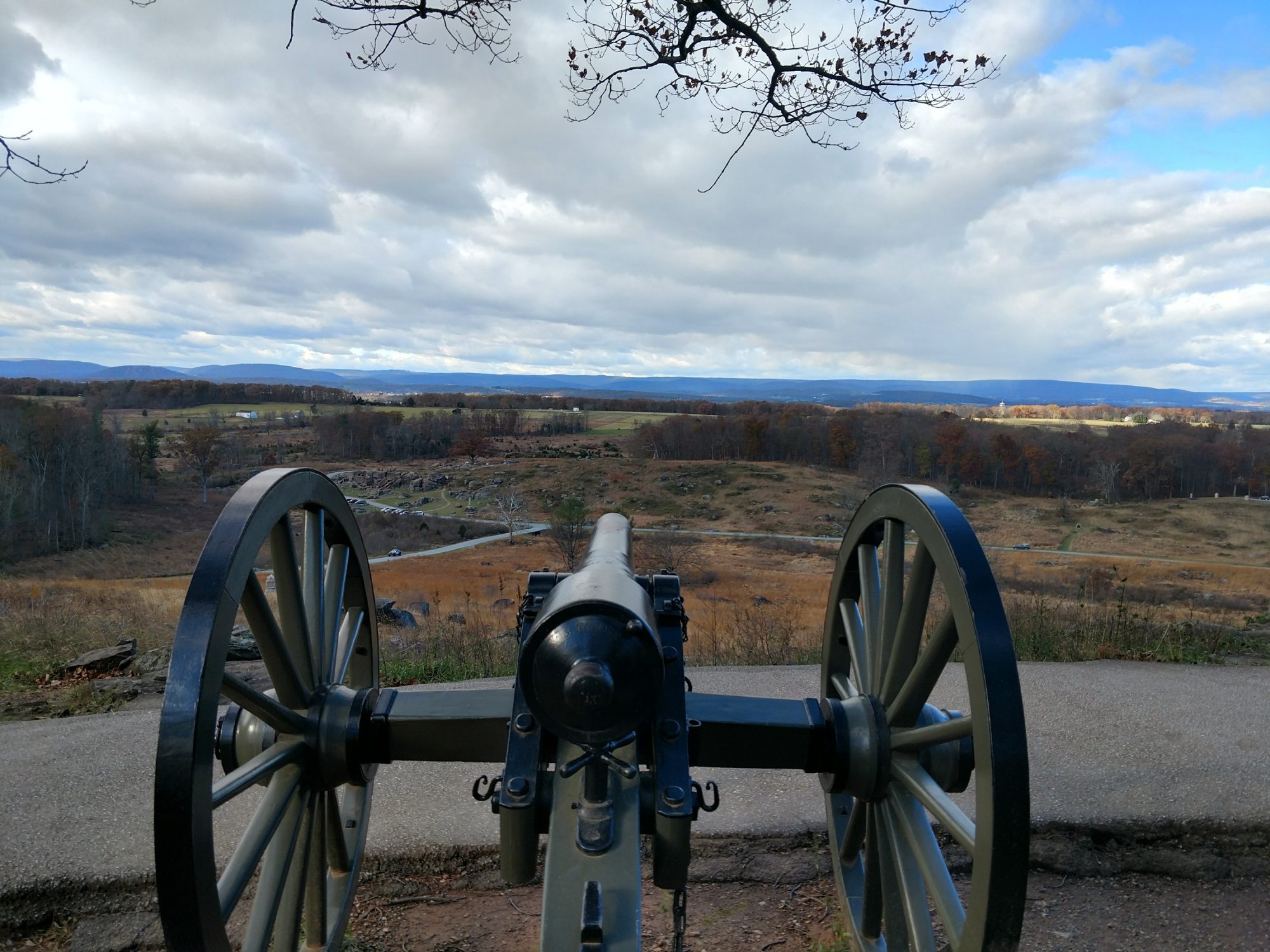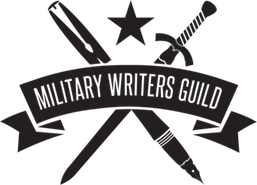Well, look at you. You got selected for command. First off, congratulations, you’ve been given an awesome trust: the lives of America’s fighting women and men. There’s really nothing so amazing as this.
Secondly, say gooooodbyyyyyyye to your free time, ’cause the unit owns you now, baby!
But hey, it’s all good. You’re going to walk into your office, sit down, and go…what the hell do I even do first. The good news is, there’s a plenty of stuff you can do before you even take command that will make your life a lot easier once you’re in the hot-seat.
Okay, first off. Command philosophy. Yes, believe it or not, you actually do have a philosophy. Now, a lot of people go one of two ways on this: treat it as a throwaway and half-ass it, or write the next Thus Spoke Zarethustra. Your command philosophy should be easy to read (about half a page) and must contain your commander’s intent. This gives your key guidance for “Hey, we can’t find the commander, what should we do?” situations. It is the single most important thing for you to know, and for your subordinates to know. So, uh, you should probably also know what your intent is.
In addition to your command philosophy, you might want other supporting guidance, but that’s on you.
Okay, next.
Policy memos. Yup, gotta have them. They’re going to cover how you are going to prevent bad stuff from happening, what you’ll do when the bad stuff happens, and who’s going to be needing to call trial defense services if they do the bad thing. Think of them as the battle drills that you’ll do as commander. You’ll have procedural policy memos for sexual harassment and response prevention as well as equal opportunity. These need to be in line with Army policy and also include how you are going to keep people in your unit safe. You’ll need policies on PT, substance abuse, training, split training (if you’re reserve component), and things like that.
This might seem like it’s a bit much, but guess what? You’re not the first person to ever take command; the unit is going to have the stuff from the previous commander. Review them, make sure they’re in line with your thinking, and then slap your name on them. You’re also not alone. Share all of these documents with your peers, with your command team, and if you have a mentor, with them as well. The more eyes the merrier. Definitely make sure you have an NCO review them for the common sense factor.
With these documents, any member of the company should be able to clearly identify where you stand on issues and what the left and right limits are. Therefore, they need to be readable, and they need to be posted where your troops can see them.
Okay, next. Leader development.
Leader development begins with an initial counseling. I like to use the good ol’ hard copy DA 4856 for my initial counseling, but I do break it down to mirror the blocks in the OER/NCOER. You need to provide an initial counseling to anyone you rate: at minimum, all your officers and your first sergeant. Your initial counseling must provide: their duties and responsibilities, your expectations of them (which must include them counseling their subordinates), and asking them what they want out of this assignment. If you don’t do this, there is no way that you can ever do quality control on any of them. And if you’ve got a George B. McClellan, junior as a platoon leader, you’ll need this to be able to pull an Abe Lincoln to remove them.
You’re also going to need this for their career management. You own your officers. Sure, the battalion commander always promises that they’re going to do career management, but you can’t rely on that. You have to be prepared to have honest conversations with them. When you do your initial counseling, provide your OER support form as well as the battalion commander’s. Then ask them where they’ve been in the Army, and where they want to go. What do they want out of this assignment? Schools? Experience? Opportunities to learn? Where do they want to go from here? Not only are you setting the stage for their OER, but you’re helping them make decisions about their careers. Build an officer career tracker so that you can accurately depict their progression, for them, and for the battalion commander.
Yes, I know, lieutenants are a pain. Get over it. You were just a lieutenant about five minutes ago anyways.
Next, you need to get to know your key staff: your executive officer, first sergeant, operations sergeant, supply sergeant, and any others – if you’re reserve component, that means all your AGRs. Lunch or dinner with them is usually a good start; one-on-one, if you’re able to. This allows you time to get to know them, find out about their backgrounds, expectations, and how you’re all going to work together. This is especially important for your first sergeant and executive officer. The three of you are going to have to work together. The three musketeers, the three amigos, the triumvirate. If you’re all on the same page, your company will be rockin’ and rollin’ on all cylinders. If not…well, your Soldiers might be ending up on Army WTF Moments. Just sayin.’
This should be bringing you up to the last step. Inventories. Ensure that they are as thorough as you can have them be with the personnel and time available. This is not just to cover your own ass, it’s to cover the outgoing commander and all the hand receipt holders as well. Ensure that you explain that, too, so Soldiers don’t think they’re just counting things for the sake of counting things. As sometimes happens when there’s a bad commander. But you’re not going to be that commander.
Right?
In no way is this a complete list of things that you can do before you take the guidon, but it’s a start. And believe me – if you do all this prior, that means on Day One, you can walk around and talk to Soldiers rather than having to sit in the office thinking about what your policies will be or what you should tell your lieutenants. This is a baseline to build off of.
Welcome to the best job in the Army. Get out there and create some positive change.
Enjoy what you just read? Please share on social media or email utilizing the buttons below.
About the Author: Angry Staff Officer is an Army engineer officer who is adrift in a sea of doctrine and staff operations and uses writing as a means to retain his sanity. He also collaborates on a podcast with Adin Dobkin entitled War Stories, which examines key moments in the history of warfare.
Cover photo: Capt. Amie Kemppainen takes command of Company B, 3rd Battalion, 126th Infantry at a ceremony at the Grand Valley Armory in Wyoming, Michigan Saturday, March 2nd, 2019. (U.S. Army/Lt. Col. John Hall)




One Reply to “”
Comments are closed.